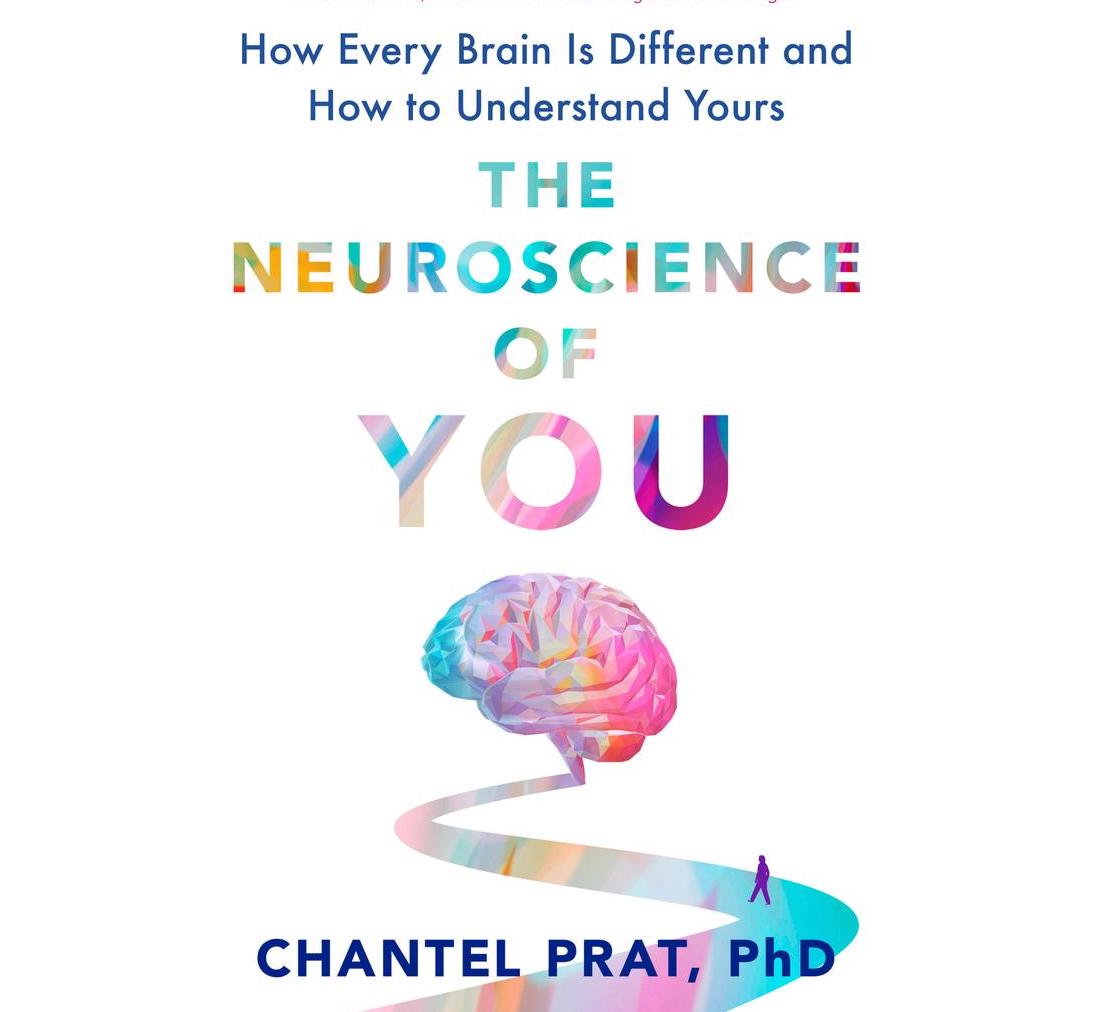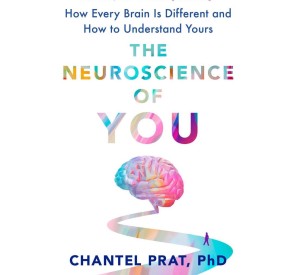
 What a blast! Despite diving into countless neuroscience introductions, this journey felt uniquely enjoyable, resonating with me both as an educator and an eager neuroscience explorer. Chantel Prat’s The Neuroscience of You: How Every Brain Is Different and How to Understand Yours effortlessly blends captivating storytelling with profound insights into the emerging understandings and mysteries of the human brain. Prat’s background as a professor of neuroscience at the University of Washington and her expertise in a variety of cross-disciplinary fields and translation of psychology and neuroscience in several popular science outlets makes her book feel deeply personal and conversational. Through personal anecdotes, and reflective questions and surveys that make the book relevant to you, Prat makes neuroscience accessible and appealing to newcomers and seasoned enthusiasts alike.
What a blast! Despite diving into countless neuroscience introductions, this journey felt uniquely enjoyable, resonating with me both as an educator and an eager neuroscience explorer. Chantel Prat’s The Neuroscience of You: How Every Brain Is Different and How to Understand Yours effortlessly blends captivating storytelling with profound insights into the emerging understandings and mysteries of the human brain. Prat’s background as a professor of neuroscience at the University of Washington and her expertise in a variety of cross-disciplinary fields and translation of psychology and neuroscience in several popular science outlets makes her book feel deeply personal and conversational. Through personal anecdotes, and reflective questions and surveys that make the book relevant to you, Prat makes neuroscience accessible and appealing to newcomers and seasoned enthusiasts alike.
The first part of the book introduces neuroscience basics in relatable terms, avoiding overwhelming terminology while still challenging experts with nuanced concepts. Prat ensures the content remains current, reflecting modern understandings rather than outdated perspectives. Delving into familiar core topics like brain localization, hemisphere specialization, neurochemical dynamics, and brain rhythms, she leaves readers feeling empowered to explore their own brain’s unique mix. But she adds some amazing flavor to the topic as is clear with her reference to the neurochemical makeup of the brain as “mixology.” In each section as you apply the concepts there is a necessary and important qualification of “it depends.” You walk away feeling like you are ready to start being your own mixologist realizing the importance of environment, developmental, and genetic variation involved in the process of designing you. You are set up for some fun life designing and biohacking. Along with this preparation, you are set to participate in understanding the developing field of neuroscience. She emphasizes that you are right in the middle of this scientific journey and prepares you to take your own journeys into the wide field of emerging studies.
Building on this foundation, the second part of the book delves deeply and personally into essential cognitive skills, offering robust theory and engaging narratives to help readers understand and utilize their brain’s inner workings. From focusing and adapting to navigating, predicting, and building curiosity, the book covers key aspects of cognitive function, concluding with a fascinating exploration of the brain’s social nature and its role in human interaction. This second part of the book is wonderfully up to date adding nuance and understanding of the science that is currently being evaluated. Hopefully, you walk away from these sections with new questions and ideas as you will better understand your interaction with the world but also be more curious about it.
One of the most important aspects of this book is that each individual is unique. Our unique mix of genes and environment has prepared each of us to interact with our world in our own way. But she also points out that it is this same mix that unites us.
This book deals artfully with the tension between freedom and determination, between scientific terminology and layperson accessibility, and between abstract theory and personal relevance. It is well-rounded so regardless of your expertise level you are bound to get something enjoyable from this text.
Above all, Prat’s passion for neuroscience shines through and is contagious, infusing the book with the excitement of a favorite theme park ride, promising endless returns for those eager to deepen their understanding. Additionally, the book serves as an excellent introduction to cutting-edge research and notable researchers in the field, making it an invaluable resource for anyone curious about the latest developments in neuroscience.




